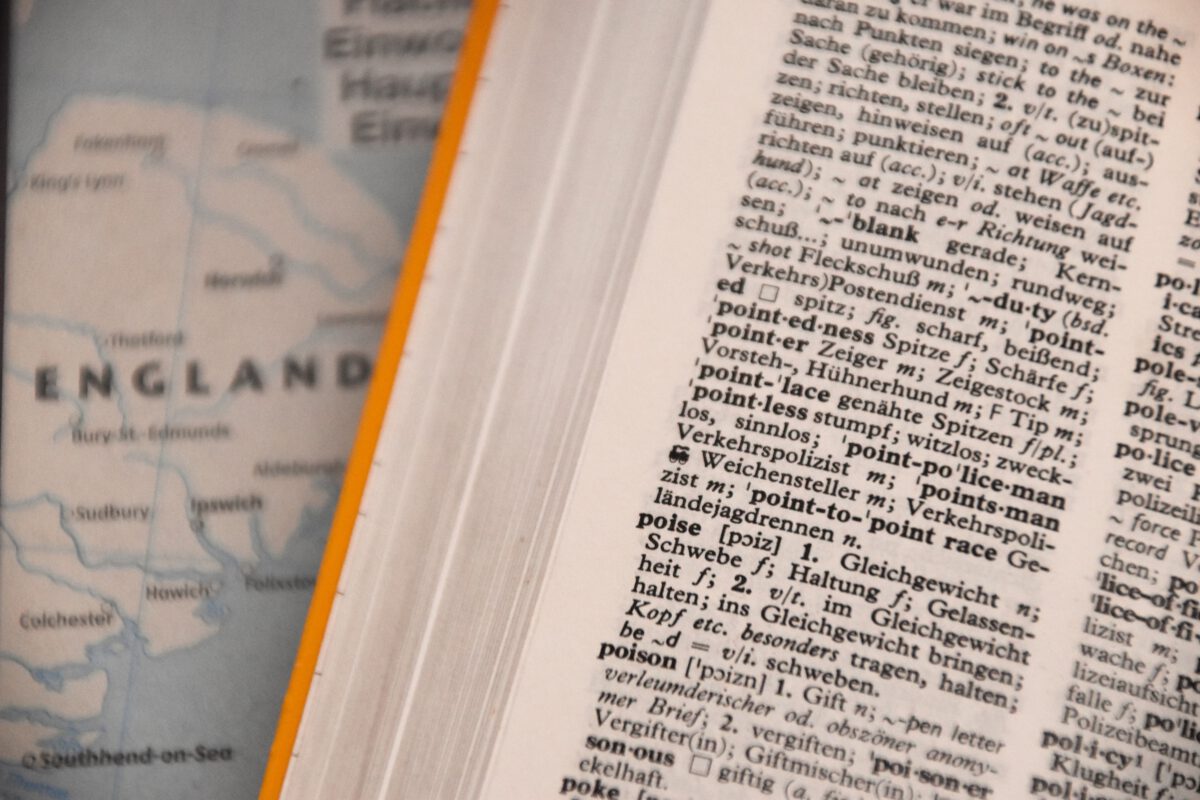Financial translation: Know its peculiarities
Financial translation: Know its peculiarities
Financial translation is a branch within technical translation. As we have seen in previous articles on this blog, professional translation involves different specializations such as legal translation, medical translation, marketing translation, and literary translation, among many others.
Within the technical translations, there are those that share terminology, words and phrases typical of a specific profession, such as financial translation.
What is financial translation?
It is the professional translation of financial documents that are usually issued by banks, asset management agencies and companies of all kinds. Financial documentation is varied and includes annual balance sheets of a company, its profit and loss accounts, the statement of cash flows, changes in equity and the documentation generated by investment funds, among many other documents.
Its faithful translation is extremely important, since many of the companies that generate this documentation operate in different countries, therefore, their documents must be able to be interpreted in different languages by various actors such as international authorities, boards of directors, shareholders or participants of an investment fund
What types of documents require a financial translation?
Some of the documents that usually require the financial translation service to be intelligible in other languages are the following:
- Annual reports
- Technical analysis
- Accounting records
- Feasibility studies
- Audit reports
- Tax returns
- Documents related to mergers and acquisitions
- Documents on privatizations
- Compensation and benefits plans
- Legal agreements and contracts
- Documents related to insurance
- Financial correspondence
- Advertising materials for financial institutions
- Printed and audio-visual financial presentations
What are the peculiarities of financial translation?
Like other specialized translations, financial translation has its own peculiarities and requirements. Some of them are:
- Infallible rigor: The main characteristic of financial translation is that it must be carried out with infallible rigor. Therefore, it is essential to respect the presentation rules depending on the type of document in question: a statement, a report, a contract or a record, among others. Consequently, the financial translator must also master certain tools in which these formal documents are usually presented (Word, Excel, PowerPoint, etc.).
- Multilingual elements: The technical language is one of the peculiarities of financial translation, since many multilingual elements are usually found in its lexicon. For example, there are anglicisms that must be adapted or respected; that is, some terms must be translated, while others must be kept in the source language, always taking into account the context and general meaning of the document.
- Target audience: Beyond being familiar with financial terminology and its current status, the professional translator must take into account the audience for the document in question. An individual who invests in the stock market to increase his equity is not the same as a professional investor, therefore, their knowledge and the way in which these contents are transmitted to each other will not be equivalent either.
- Discretion and confidentiality: In general, financial documents require strict confidentiality, therefore, the chosen translation agency must be reliable enough to respect these agreements.
What characteristics should a financial translator have?
Like other specialized translations, financial translation requires certain skills from the translator related to their field of work. Therefore, it is not enough to be a professional translator and know the terminology of the world of finance. It is necessary to have extensive knowledge of the sector to be able to understand the full meaning of the documents to be translated and to be up-to-date on the current situation of international economic and financial issues.
Therefore, in order to obtain a faithful and good quality financial translation, it is essential to ensure that you hire an agency that has specialized translators who are familiar with the type of documents that need to be translated.
How can I contact a financial translator?
Worldly Translations is a translation agency with more than a decade of experience, so we know how to respond quickly and efficiently to the needs of our clients. We have specialized translators, so we assign each job to the most appropriate person to perform that task.
If you need a financial translation, contact us as we have expert translators in the world of finance who are passionate about these topics.












